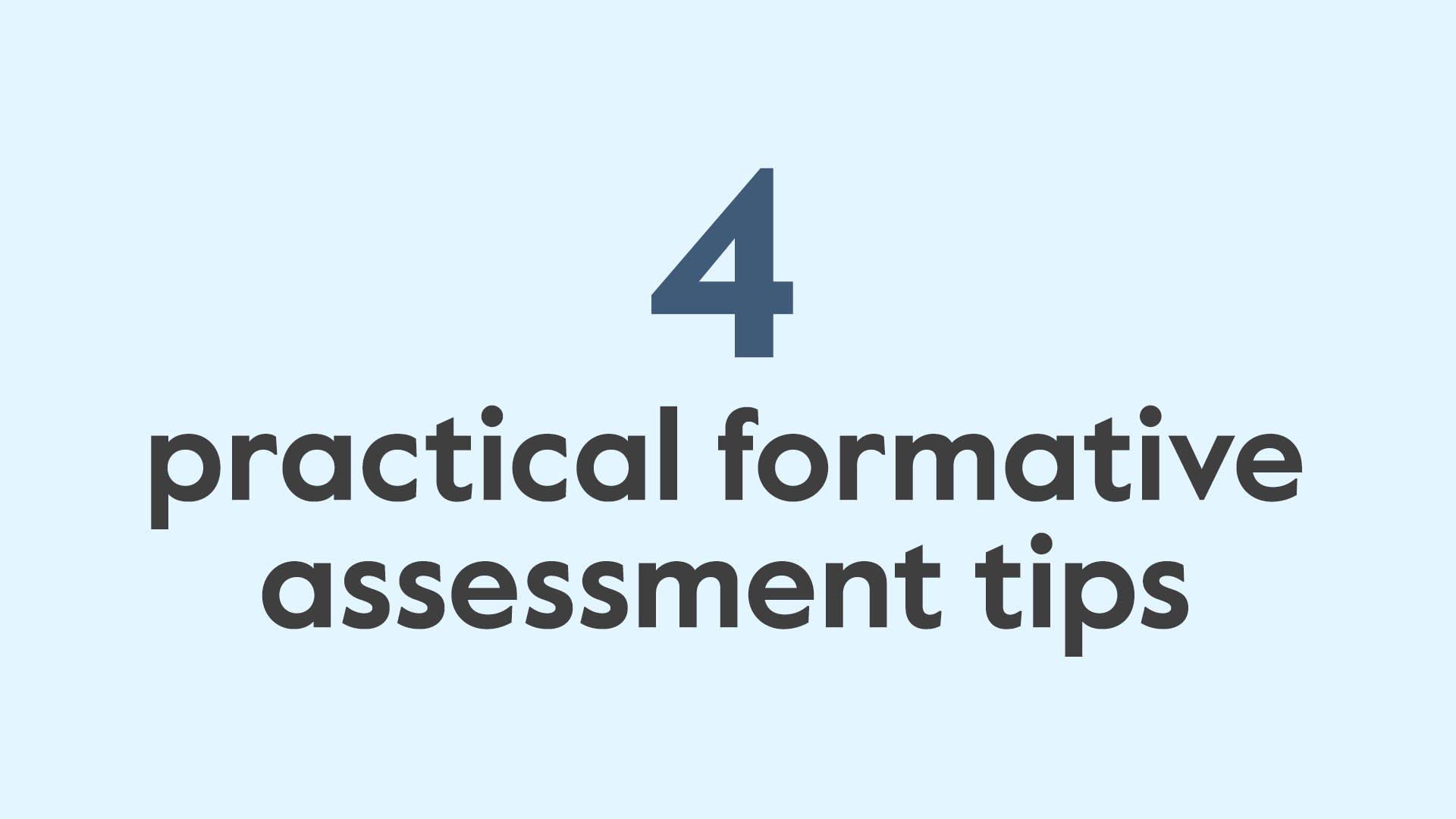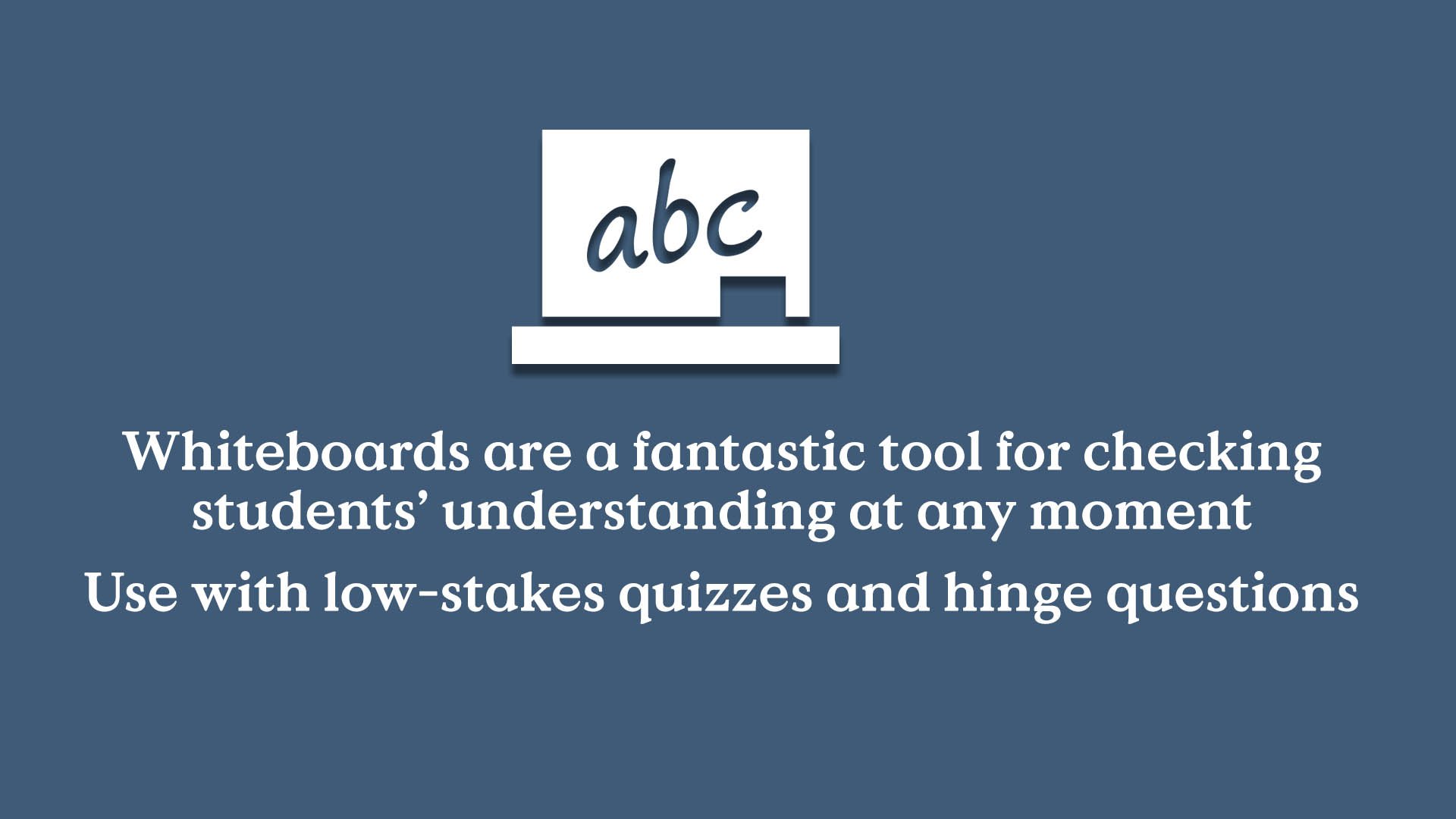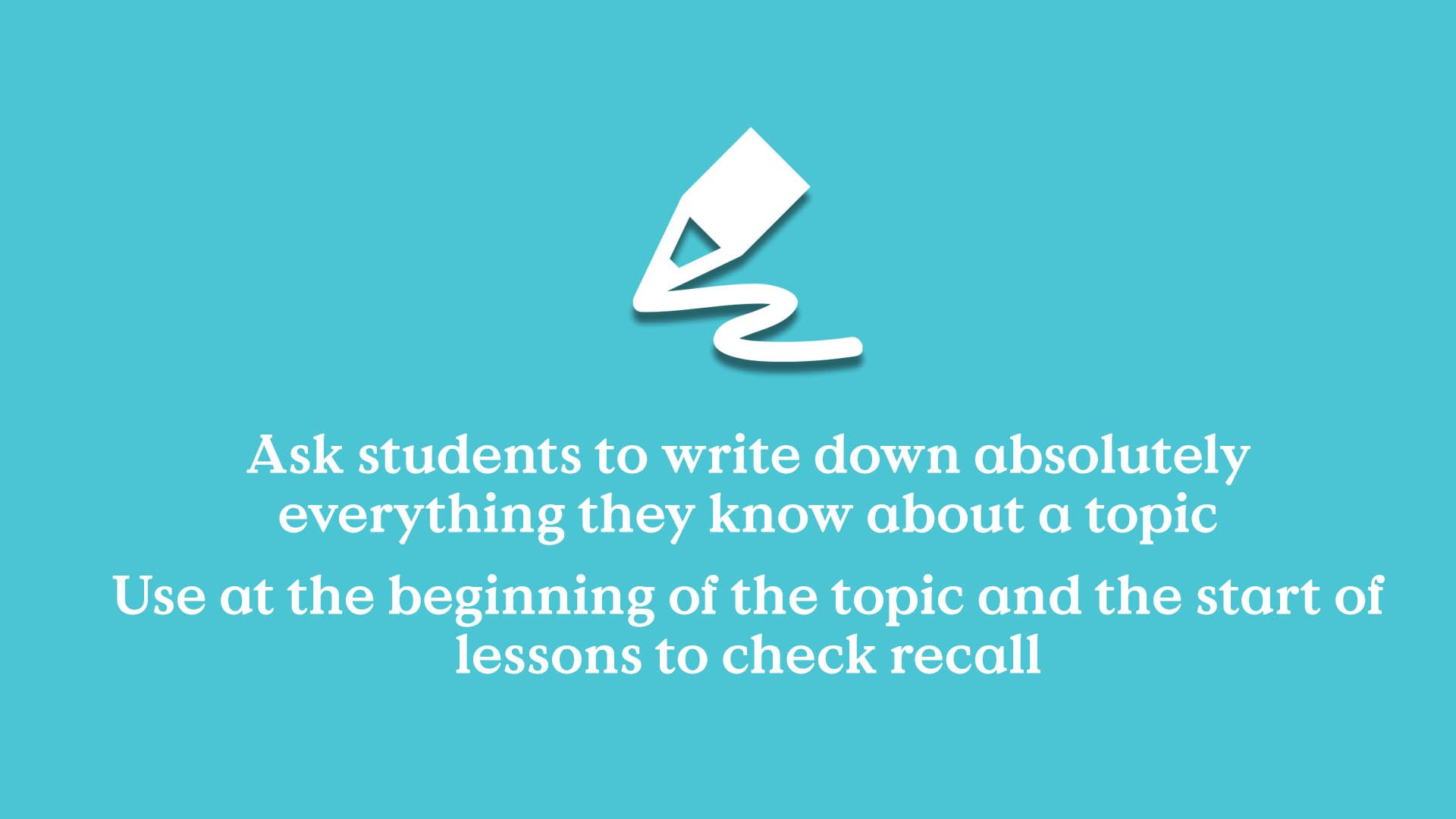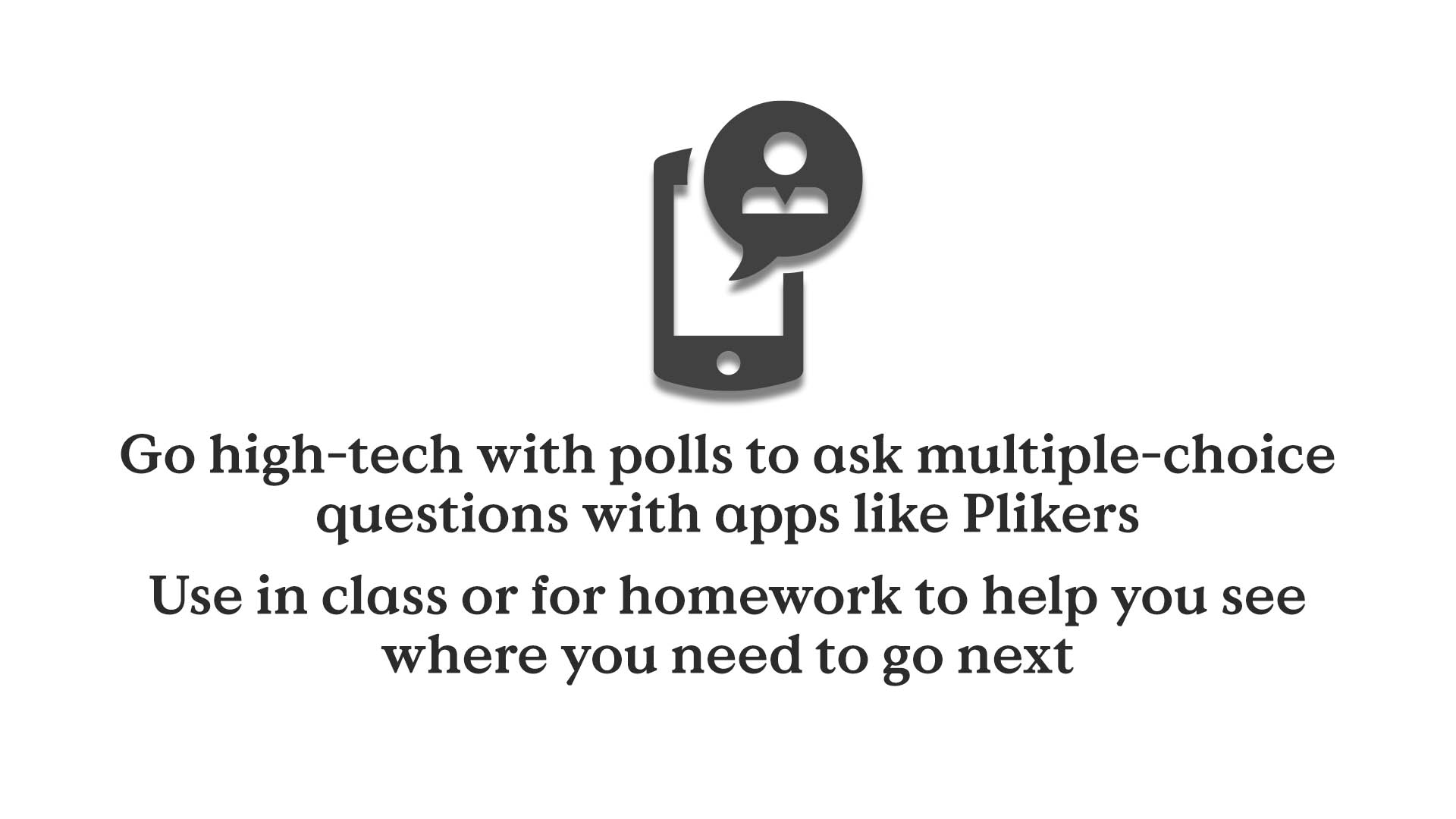Assessment for Teacher Learning: Making CPD responsive
Here’s the big idea – teachers can only improve their practice when they also improve their ability to assess. Dylan Wiliam, along with his colleague...

Login | Support | Contact us
Zoe Enser : Feb 22, 2022 2:20:48 PM
4 min read

Effective teaching is response to need. No two pupils always hold exactly the same pieces of information. How they have understood core information, how they make meaning from it, and how they store that in their schemas, varies from pupil to pupil, as shown in Graham Nuthall’s excellent research in The Hidden Lives of Learners.[1]
If we want to avoid embedding misconceptions which can derail learning, ensure clarity, and build new learning on strong foundations, we need to think about how we can gather as much data as possible about what our pupils do and do not know and what they can and can’t do.
Effective teachers are constantly taking readings from their pupils, but this can be especially challenging in the English classroom. English involves a great deal of substantive knowledge (facts) we want pupils to retain. There is also an awful lot of hypothesising and exploring as part of the disciplinary knowledge (how we think about books, language and writing), which have many more options and fewer absolutes.
However, it is still essential for us to make time to accurately assess where our pupils are before we move on if we want learning to be successful. Without understanding some of the facts, pupils will get stuck. Without understanding how we approach a text or task in English, they will continue to not think in an evaluative or analytical way.
So what practical ways do we have to go about this? What formative practices might help us to really understand what our pupils know so we can support them with their next steps?
These are fantastic tools for rehearsing ideas, jotting down thoughts as they develop, and creating an environment where pupils feel comfortable to take risks.
However, most importantly they are a great way to check on our pupils’ understanding at any moment.
Using these with low-stakes quizzes, asking hinge questions focused upon misconceptions and key concepts can be powerful. Asking a class to show their response immediately can give you 30 different pieces of information in an instant.
It is important to time this well, so that pupils don’t decide to wait for other responses, giving them an opportunity to see what the rest of the class decide, but equally giving them enough time to compose their response.
The immediacy of the mini whiteboard, plus the potential it gives to allow pupils to refine or adapt their response is incredibly useful.
Asking pupils to write down what they know about a topic, either as notes, a map, or a piece of free writing, is another good way to see what they do or don’t know.
For example, I might use this as a ‘Do Now’ task at the start of my lesson to see what the pupils can recall or after a longer exposition about a text or idea.
It is what I do with what they have produced next that matters most though. I can either circulate the room to see what pupils are writing, picking out details or providing some immediate intervention, use a visualiser to share examples, or share pre-prepared exemplars which pupils can check against their work.
This last strategy encourages a metacognitive approach, as pupils assess what they themselves did and didn’t know, prompted by that the immediate feedback. Pupils can then add what they have missed in another colour or feed that back to me as the teacher, so I know what needs to be covered again.
Later as I glance through books I can see what areas might need to be checked again too.
If you have Plickers, a way to scan the room via a device to take quick responses, or similar technology to hand, this can be a really useful tool to check understanding.
By asking multiple-choice questions in this way, you can immediately gauge how many of the class have understood a key idea and know if you should move on, re-teach or spend time with individuals before the next step.
Teachers have also made excellent use of Google and Microsoft forms during remote teaching and using these quizzes as a homework task means you are not waiting to check work before you start planning for where you need to go next.
Keep these low stakes too so that all pupils participate and explain to them why you are using them, so they don’t either try to opt out, look it up or simply guess the answer.
I would often begin some of my classes by asking pupils to simply write a something they recalled from the last lesson on a post-it note or card and one thing they were unsure about, focused around a single key question on the board.
A quick glance through these whilst they completed a further task or during the register, meant that I could tailor the lesson more closely to their needs.
The same was true with exit tickets. These gave me feedback on the areas they felt secure on to check still later, but also know which areas I needed to focus more closely on next time.
As with any type of assessment though, the most important thing is taking time to consider the purpose of what we are doing.
We use things like questions and writing for a variety of purposes, such as checking participation or to probe thinking, but we need identify those questions or tasks we are using to formatively assess and consider how we will respond if we find that pupils do, or do not have, that knowledge embedded.
Planning what we want to know, as well as how we will find it, is crucial.
Gathering this feedback from all pupils means that nobody is left behind. It enables us to make increasingly informed decisions about our pace and direction of travel and ensures we can really respond exactly to what our pupils need at the point they need it the most.
 Zoe currently works as the Specialist Lead Adviser for The Education People, working in schools across Kent to support their development of English provision. She is also an Evidence Lead in Education, working with the EEF as part of their EEFective Kent project in the region and she works for two days a week for the Teacher Development Trust as a specialist adviser.
Zoe currently works as the Specialist Lead Adviser for The Education People, working in schools across Kent to support their development of English provision. She is also an Evidence Lead in Education, working with the EEF as part of their EEFective Kent project in the region and she works for two days a week for the Teacher Development Trust as a specialist adviser.
Prior to this she was an English teacher, Head of English and whole school literacy lead in schools in Essex and East Sussex. She has also been a senior leader, developing teaching and learning and CPD across schools and exploring ways to ensure assessment and curriculum are closely aligned.
Zoe is the co-author of Fiorella and Mayer’s Generative Learning in Action, The CPD Curriculum: Creating Conditions for Growth, and is currently writing a book about teaching Shakespeare called 'Bringing Forth the Bard'. She also writes for a number of other educational publications including The TES and Teach Secondary and HWRK Magazine.
[1] Graham Nuthall The Hidden Lives of Learners (Wellington: NZCER Press, 2007)





4 Practical formative assessment tips

Here’s the big idea – teachers can only improve their practice when they also improve their ability to assess. Dylan Wiliam, along with his colleague...

"You’re a teacher. You know how to help people learn hard stuff. Do that." Professor Rob Coe Teaching can be, without a doubt, a complicated business.

Assessment is the bridge between teaching and learning. When done well, assessment can drive improvement, shape behaviours and maximise student...